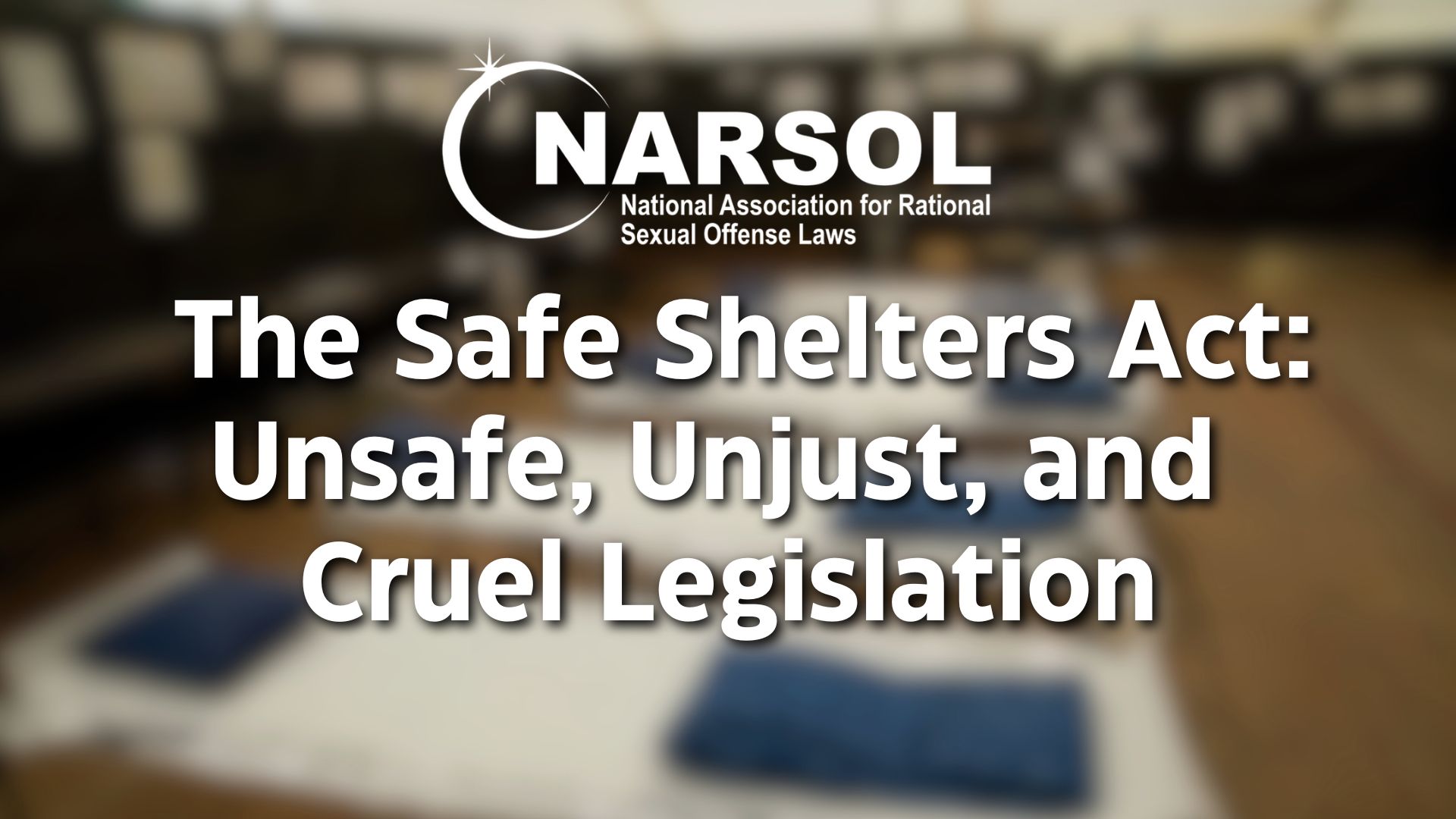We’re all being tricked, and that’s no treat
By Lenore Skenazy….
“Trick or treat, trick or treat, give us something lethal to eat!”
That’s not the actual rhyme, but from all the warnings about Halloween you just might think it was. Even the American Academy of Pediatrics is still insisting that “a responsible adult should closely examine all treats.”
But why? How many decades of disproving this murderous myth do America’s doctors require before they lay it to rest? Joel Best, a sociologist at the University of Delaware, first put a stake through the poison candy rumor all the way back in 1985, when he did a study of newspapers dating back to 1958, looking for “Child poisoned by Halloween candy” news stories.
He found none — because there were none. One time, a boy in Texas did die of a poisoned Pixie Stix, but cops quickly discovered that his own dad, who was $100,000 in debt, had just taken out a life insurance policy on him. Dad was dispatched to that haunted house in the sky (or down below). And yet we still use this fear of neighbors as psychopaths as an excuse to curtail our kids’ Halloween fun.
We trot out plenty of other threadbare fears, too. Last week, Patch USA reminded its readers of a girl murdered in Fond du Lac, Wis., by a man later referred to as the Halloween Killer. That crime was in 1973 — 44 years ago. And yet, that single, sad story is the excuse Patch gives for publishing maps of the homes of men, women, and children on the sex offender registry.
That may sound like they’re doing a public service. But it’s actually like telling people never to go south of 14th Street, because once there was a terrorist attack there. When Johns Hopkins Professor Elizabeth Letourneau did a study of sex crimes on Halloween, looking for evidence of registered sex offenders pouncing on pint-sized pirates and princesses, she was shocked to find not only was there no bump in the numbers, the day was actually remarkably low in crimes against kids. In fact, she said, “We thought about calling it ‘Halloween: The Safest Day of the Year.’ ”
So Patch’s decision to publish the addresses of registrants may sound responsible, but it is scaring families with one exceedingly rare tragedy, and reinforcing the false idea that anyone registered as a sex offender is an insatiable monster. In truth, the number of people on the registry who commit a new sex crime is far lower than most people realize. It’s about five out of 100. Your kids are more likely to end up on the registry than to be molested by someone on it.
That’s scary.


